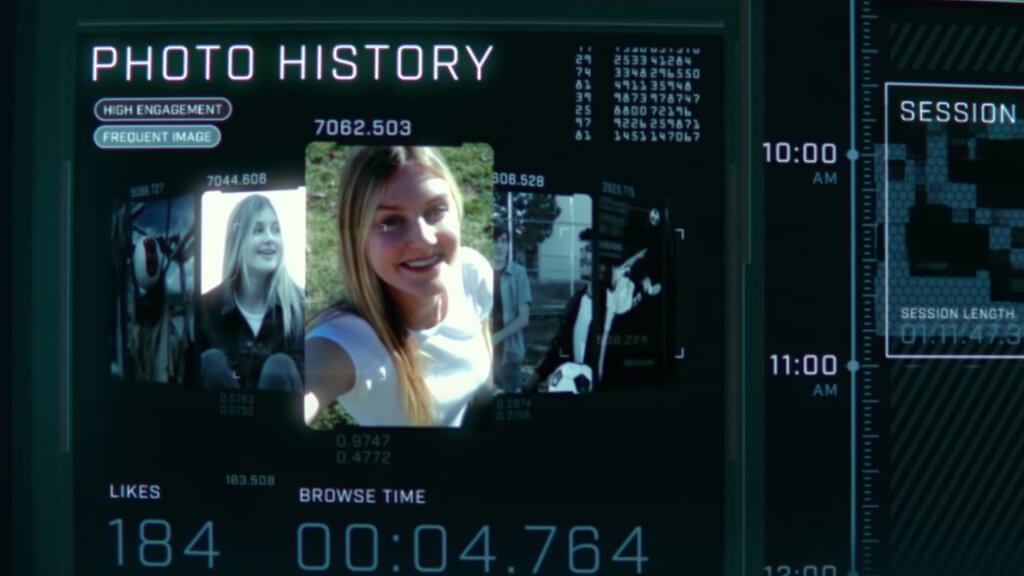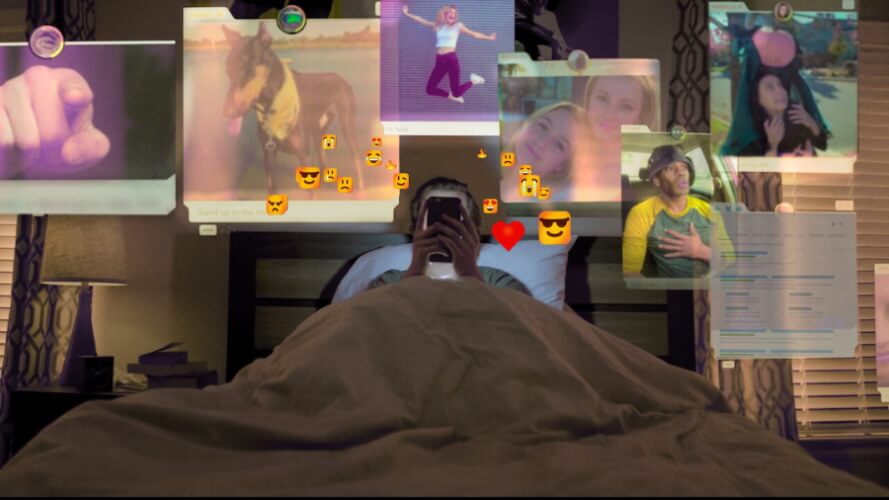Written by Cassie, 2021 Cohort
The advent of the Internet has not only brought us easy access to information but also a lot of warmth to human beings. At the same time, algorithm-based information pushed in social media is changing public perception, which can be detrimental to our society to a certain extent.
Is what you see on social media the real world?
Have you ever had such an experience? When you are swiping various social media like Youtube, Twitter, TikTok, it’s as if they are your friends who know you the best. This is because the content they recommend is perfectly suited to your aesthetics and interests.
However, when you are surprised: Oh my God! How do they know me so well? But you do not realize that there is a powerful capital behind them: every human tweet, like and share has a commercial value. In other words, behind the powerful algorithms, on the surface they push content that pleases you, they will have you right where they want you, luring you, manipulating you and getting profits.
If we look at the purchase process as a whole, to what extent do these ads and video messages play the role of a service? And to what extent do they play the role of communication tactics? The fact is that social media is not a tool that waits in place to be used. It has its own roles and its own ways to achieve those goals and use your psychology against you. Since after big data, it will only recommend what you want to see, so your online world will be unintentionally saturated with what they recommend to you, and it even becomes the only thing in your digital world.
If you are not paying for the product, then you are the product

A typical example can be seen in China’s annual Double 11 Taobao shopping festival. Statistically, each of us sees different content on the front page of Taobao. More specifically, young hot moms may see all the milk powder, baby products, while geeks may see all the digital products. This content is automatically generated by Ali’s artificial intelligence, based on each of our buying habits, consumption levels and preferences. Each of us has been digitized in the Ali background, your age range, income level, consumption habits, place of residence, family relations and so on. According to algorithms for us to push in real-time what it thinks we want to see. Thus, a single, unmarried person will never see a diaper on the home page, and a teenage girl will never know that something like a nursing towel exists.
If we look at the purchase process as a whole, to what extent do these ads and video messages play the role of a service? And to what extent do they play the role of communication tactics? The fact is that social media is not a tool that waits in place to be used. It has its own roles and its own ways to achieve those goals and use your psychology against you. Since after big data, it will only recommend what you want to see, so your online world will be unintentionally saturated with what they recommend to you, and it even becomes the only thing in your digital world.
Don’t let the algorithm think for you
Recommendation algorithms allow a human to have access to more of the information he wants to see than the correct information. When algorithms are not manipulated, falsehoods are spread and amplified faster, and social groups are more divided. Gradually, everyone exists in a virtual parallel world, and the content you see is the content the algorithm wants to show you. Therefore, our youth should learn to accept and respect different voices, learn to tolerate different views, and learn to think critically from questioning and judging.

